The 8 Most Common Eye Injuries and How to Avoid Them
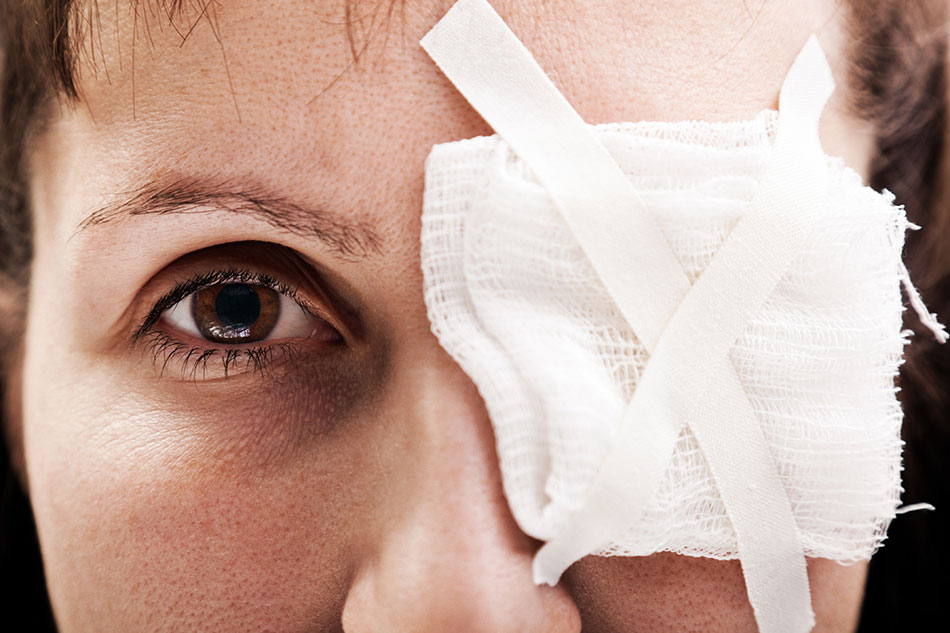
Your eyes are in danger. That's according to one scientific study, anyway. Apparently, 55 million eye injuries happen around the world every year. And that’s just for issues that restrict activity for over 24 hours. Obviously, not all eye problems are that severe. So the real figure is likely to be far higher.
Clearly, eye injuries happen all the time. But what are the most common ones? And how can you avoid them? Let’s find out.
The Most Common Eye Injuries
1. Swelling
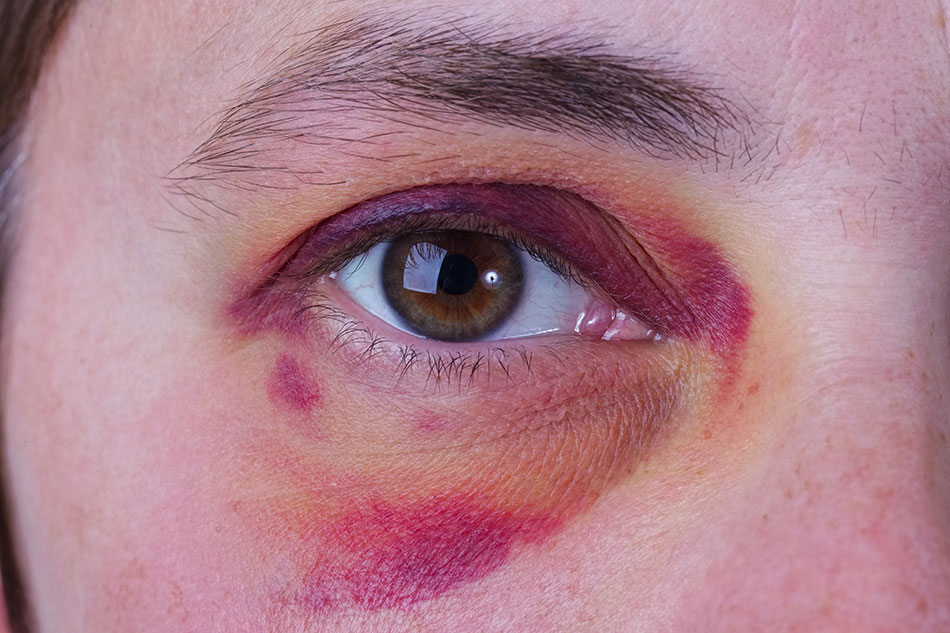
Swelling of the eye and lids, as well as discoloration, is exceptionally common. It's usually caused by impact to the eye.
Be aware though: what may appear to be a mere black eye can sometimes be more serious. For instance, there may be damage to the interior of the eye or fractures to bones.
Using an ice pack (or a bag of frozen peas!) would be the first thing to do for the swelling. If the pain and inflammation don’t subside, seek medical attention. It’s best to know sooner rather than later if the injury is more serious than a simple black eye.
2. Corneal Abrasions
A corneal abrasion is a medical term for a scratched eye. Whether it's dust, wood chips, sand or any other small particle, when a foreign body gets into your eye, it's easy for your cornea to get scratched.
This results in soreness, redness and light sensitivity. As a result, it can be deeply uncomfortable. An eye doctor should assess the damage to provide proper treatment. A corneal abrasion can lead to more serious problems, even blindness. So if you have a persistent condition, such as Bell’s Palsy, that is causing or at risk of causing corneal abrasions have your corneas checked out on a regular basis. Your doctor can not only prescribe treatments for your eyes, but also monitor the situation to know if and when your cornea worsens.
3. Chemical Burns
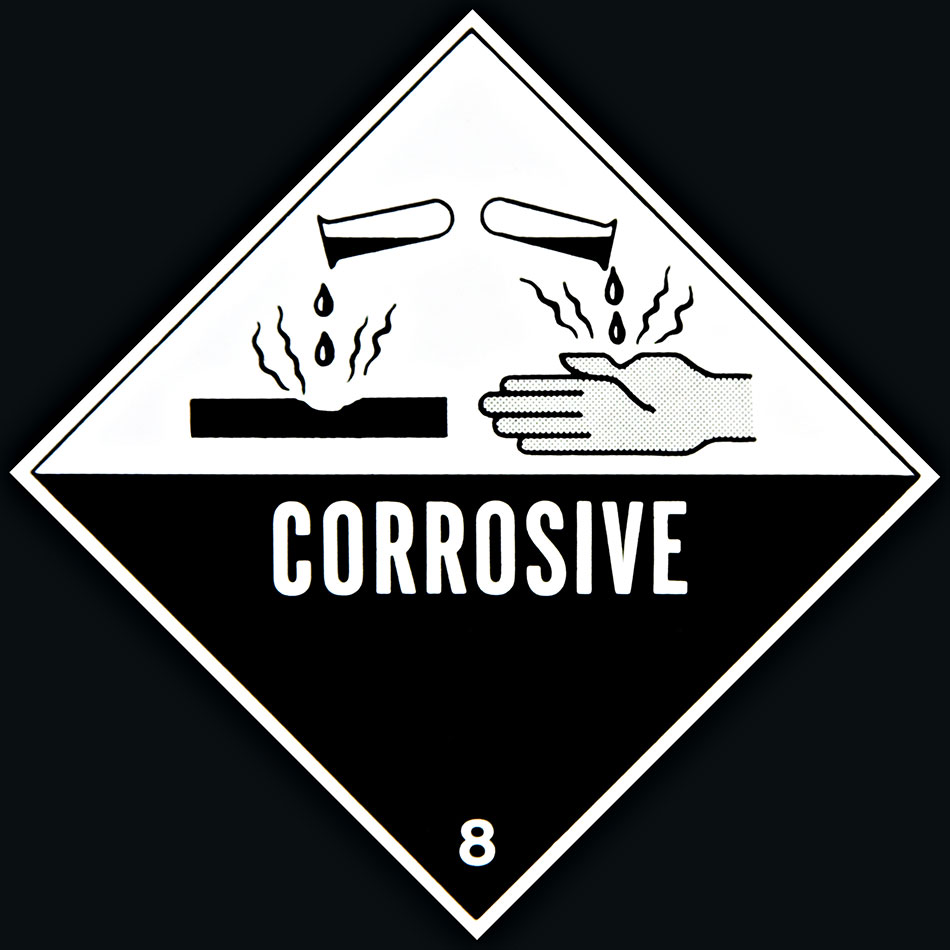
Foreign objects in your eye are one thing. But caustic substances can be equally, or even more, damaging.
We've all seen the warning labels on items such as cleaning products: "Avoid contact with eyes." Whether they get splashed or rubbed into your eye, even the smallest amount can lead to debilitating burns and irritation. And in worst-case scenarios, they might even cause blindness.
In all cases, the first thing to do is call a doctor, or your local nurses’ healthline (811 in most areas) immediately. In serious cases, call 911.
Putting anything in your eyes to wash out the chemical could add fuel to the fire. A medical professional can advise you on the best course of action based on what’s in your eyes.
4. Traumatic Iritis
Sometimes, the iris, the coloured part of the eye, suffers an inflammatory issue known as traumatic iritis.
The inflammation is your body’s reaction to the tears, cuts and bruises to the iris following trauma. Over time, this can create a buildup of pressure that can be damaging.
Aching, redness and blurred vision after an incident can indicate iritis. Be sure to see your doctor in such cases. After a thorough eye examination, you'll probably receive eye drops to treat the issue. Once treatment begins, it can clear up within about a week or two.
5. Bleeding in the Eye
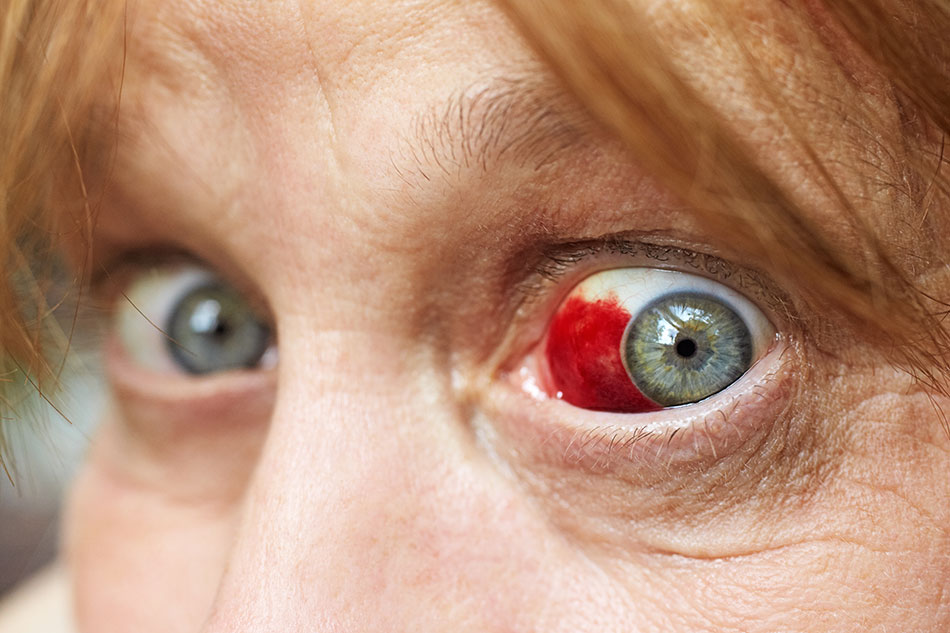
An "eye bleed" is blood leaking from the vessels on the whites of your eyes. Sounds bad, right? But, in fact, eye bleeds can appear far more serious than they actually are. It's a very common issue that can be caused by a simple sneeze or cough.
Experts call these "subconjunctival hemorrhages." Usually, they're painless and there's no cause for concern. With time, they'll disappear on their own.
6. Hyphemas
Another type of eye bleed is called a hyphema. This is bleeding between the cornea and the iris, and it’s much more serious. If left untreated, it can cause permanent vision loss.
Hyphemas usually come from trauma, but can also occur from abnormal blood vessels, herpes-caused eye infections or cancer. Remember how eye swelling can sometimes indicate greater internal damage? This is one example of that.
Symptoms usually include pain and blurred vision. Seek medical attention immediately so it doesn’t become worse.
7. Orbital Blowout Fractures
Orbital blowout fractures (OBF) are yet another type of eye injury from blunt force trauma. Needless to say, OBFs come from a big blow to the face.
The result is a fracture (or multiple fractures) to the facial bones around the eye.The only option you have is to see a doctor. They may require x-rays to determine the exact extent of the damage.
8. Penetration
Getting a foreign object in your eye isn't fun, but you can usually expel the particle without much effort or damage done. But when the object penetrates the surface of the eye, that gets a little trickier.
It could be anything. Smashed glasses, a rogue fishing hook. Or a kicked-up stone by a car as it drives by. Whatever the object or the cause, this can be painful and even traumatic.
As tempting as it is though, don't try to remove the object yourself. Doing so may cause more damage. Leave it to a medical professional at an emergency care centre or the ER to ensure it’s removed safely without further injury.
How to Avoid Eye Injuries
Injuries are going to happen. It’s a fact of life. But we can always do our best to prevent them. Keep these two tips in mind to help lower your risk of eye injuries.
1. Protect Yourself When Possible
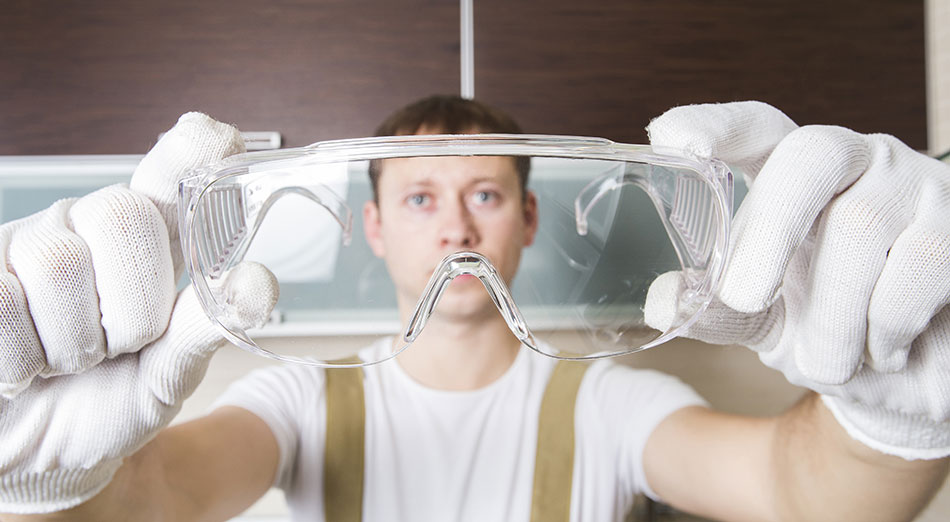
With the wide array of possible eye injuries out there, no one can avoid them all. The risks depend on what you're doing and the preventative solutions vary accordingly.
That said, one way to avoid the most common eye injuries is to use appropriate and properly functioning protective equipment. For instance, wear the right helmet when playing baseball. Remember to put goggles on when handling chemicals and when doing other activities where things can fly out at you, for example when operating woodworking tools. These things can make all the difference.
Sometimes, luck just isn't on your side even if you’ve taken the necessary precautions. But preventative measures give you the best chance of avoiding eye injuries.
2. Seek Medical Help
Minor eye injuries can often be treated at home. But be sure to speak with your doctor if you're concerned about your symptoms. Loss of vision or seeing double, extreme pain, swelling in the eye, headaches, deep cuts and similar symptoms all require medical help.
Seek professional advice early on. This way, you're more likely to avoid complications down the line.
An End to Eye Injuries

There you have it: eight common eye injuries and how to avoid them. From swelling to fractures, there's a wide range of injuries that impact our eyes. And they're almost always caused by some sort of trauma, foreign object or dangerous substance.
It isn't always possible to avoid these things. But give yourself the best chance of preventing injury by using protective equipment whenever possible. And seek medical intervention for anything you're unsure about.
Hopefully, doing so will mean a long and problem-free life for your eyes!
